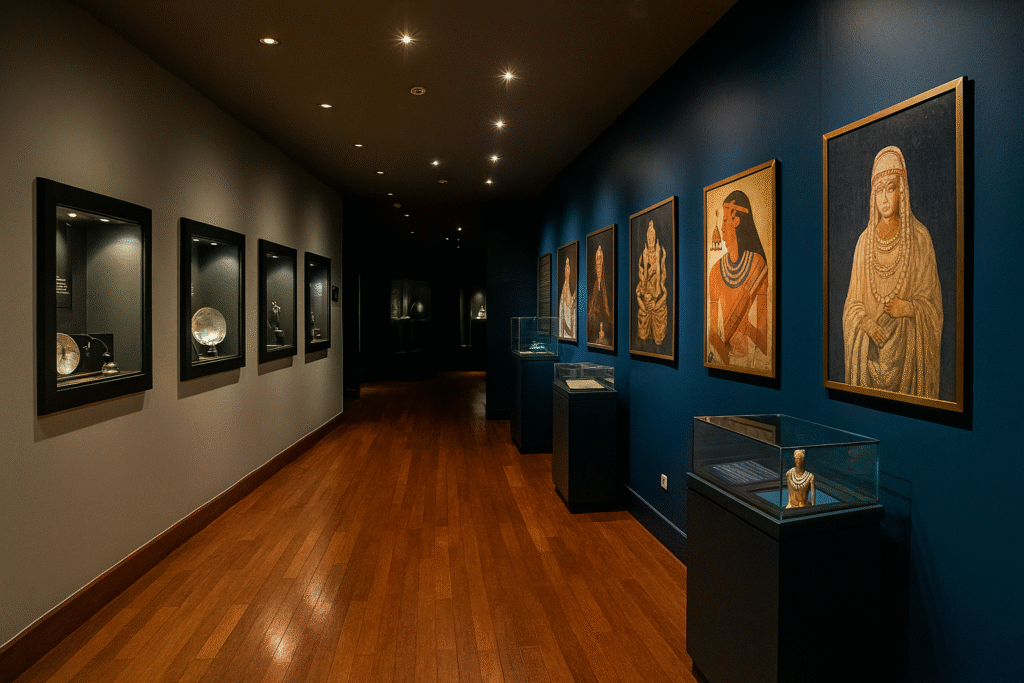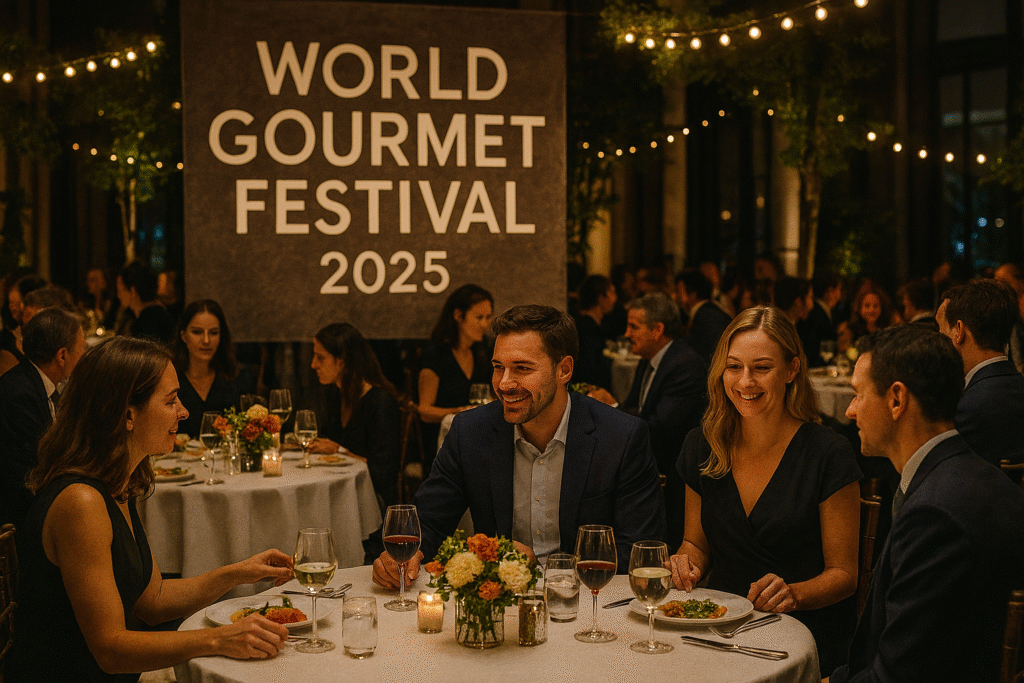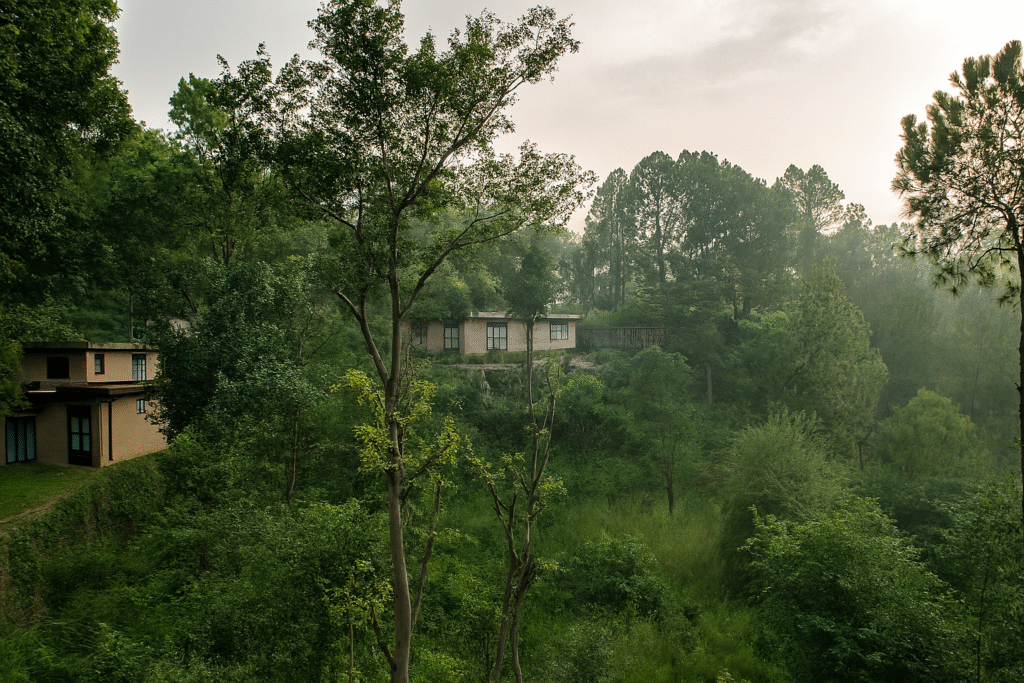The Robert Wan Pearl Museum in Tahiti is the only museum in the world dedicated solely to pearls. Located in Papeete, it actively immerses visitors in the fascinating story of these luminous gems, from myths and legends to modern pearl farming techniques.
Additionally, at this Tahitian pearl museum, you’ll explore how pearls shaped civilizations. Ancient Chinese records describe pearls as “tears of the moon,” while in Rome they symbolized wealth and status. Meanwhile, in Polynesia, pearls were considered gifts from the gods. Research shows that over 70% of early civilizations valued pearls as sacred or royal objects.
One of the main highlights is the world’s largest round Tahitian cultured pearl, a 26mm silver-grey gem weighing 8.7 grams, named the Robert WAN. Specifically, seeing this rare treasure helps visitors understand why Tahitian pearls are considered the “black gold” of the Pacific. As a result, visitors gain insight into both the craftsmanship and cultural significance behind these gems.
Furthermore, visitors learn the steps of pearl cultivation. For example, grafting demonstrations show how oysters produce pearls, while exhibits display the range of colors and shapes unique to Tahitian varieties. In addition, other displays highlight the history of pearl legends across cultures. Also, interactive sections guide visitors through the nuances of choosing the perfect pearl.
Exhibits at the Robert Wan Pearl Museum
- Pearl history across cultures: Asia, Rome, and Polynesia
- Pearl legends: Myths about divine origins and symbolism
- Tahitian pearl farming techniques: Step-by-step cultivation
- Largest pearl display: The 26mm Robert WAN
Moreover, learn more about Understanding Tahitian Pearls to complement your visit.
Why Visit the Robert Wan Museum in Tahiti?
- Only pearl museum in the world
- Perfect for travelers interested in Tahitian culture
- Combines history, craftsmanship, and art
- Offers a boutique with authentic cultured pearls
. Planning your Tahiti trip? Check the guide on Best Things to Do in Tahiti.
. Looking to buy pearls? Read the Pearl Buying Guide.
. Interested in other gems? Explore the History of Gemstones.
Additionally, visit the official Robert Wan website for more details on Tahitian pearl farming and artistry.
“Every pearl carries the story of the ocean and time itself.” – Robert Wan
FAQs About the Pearl Museum in Tahiti
Q: Where is the Robert Wan Pearl Museum located in Tahiti?
A: The museum sits in Papeete, the capital city of Tahiti, and guides visitors easily from the cruise port and downtown area.
Q: What makes this Tahitian pearl museum unique?
A: Experts recognize it as the only museum fully dedicated to pearls, with exhibits covering history, legends, and pearl farming.
Q: How long should I spend at the Robert Wan Museum?
A: Most visitors spend about 1–2 hours exploring the exhibits and boutique.
Q: Can I buy Tahitian pearls at the museum?
A: Yes, the museum boutique actively sells certified cultured Tahitian pearls.
Q: Is the museum family-friendly?
A: Yes, children enjoy the pearl farming displays and stories about pearls.
India Regional Cultures: A Complete Diversity Guide
India regional cultures are as diverse as its landscapes. This guide explores traditions, languages, and unique identities across the country. India Speaks FAQ on regional cultures reveals remarkable diversity across the subcontinent. Each state tells a unique story of tradition, heritage, and identity.
This India Speaks FAQ on regional cultures explores how geography, history, and local customs shape the cultural differences across India’s states and territories.
Understanding these regional differences helps you appreciate India’s true cultural richness.
What Makes India’s Regional Cultures Unique?
Each state develops its own distinct language, cuisine, and customs over centuries. Local history shapes traditions and daily life. Geography influences everything from clothing styles to building designs and lifestyle choices.
Examples of regional adaptation:
- Kashmir’s wooden homes with sloped roofs handle heavy snowfall
- Kerala’s houseboats work perfectly with extensive waterways and monsoon climate
- Rajasthan’s thick-walled buildings stay cool in desert heat
These regional adaptations show how different communities respond to their environment while keeping cultural identity.
How Do Regional Foods Reflect India’s Cultural Diversity?
Regional cuisine connects directly to local climate and crops. Coastal regions favor rice cultivation and seafood preparation. Northern states rely on wheat-based breads like roti, naan, and paratha.
Cooking methods vary significantly across regions:
- Mustard oil dominates Bengali cuisine
- Coconut oil is essential in Kerala cooking
- Ghee remains the preferred fat in Rajasthani dishes
When you travel across India, pay attention to these culinary differences. They reveal stories about the land, climate, and cultural preferences. India Speaks FAQ on regional cultures shows these food traditions matter.
Why Are Languages Central to Regional Identity in India?
India speaks through 22 official languages and hundreds of regional dialects. Each language carries unique cultural meaning. Language shapes traditional songs, folk tales, religious festivals, and social customs.
Language examples and their cultural significance:
- Tamil expresses the rich Dravidian heritage of South India
- Punjabi reflects Sikh traditions and agricultural lifestyle
- Bengali carries the literary legacy of Nobel laureate Rabindranath Tagore
- Hindi serves as a connecting language across northern states
Learning even a few local words helps you connect with regional communities. It shows respect for local culture.
What Role Do Festivals Play in India’s Regional Cultures?
Festivals serve as powerful expressions of regional identity. They bring communities together through shared traditions and celebrations. Each region celebrates differently based on local customs, crop cycles, and religious practices.
Regional festival examples:
- North India illuminates Diwali with millions of oil lamps and fireworks
- South India honors Pongal with harvest rituals celebrating farmers and nature
- West Bengal transforms during Durga Puja with art installations, classical music, and community feasting
Each festival reflects the unique cultural values and historical experiences of its region.
Which festival would you want to experience firsthand?
How Does Traditional Clothing Vary Across Indian Regions?
Climate conditions and available resources influence regional clothing styles across India. These variations demonstrate practical adaptation to different environments while maintaining aesthetic preferences.
Regional clothing examples:
- Rajasthan’s desert climate inspires bright turbans, flowing skirts, and mirror-work textiles that reflect heat
- Kerala’s humid tropical climate favors white cotton sarees with golden borders worn during festivals
- Nagaland’s mountainous terrain produces distinctive shawls featuring tribal symbols and geometric patterns
Each style represents clan identity and cultural heritage specific to its region.
How Do Regional Crafts and Arts Represent Cultural Identity?
Traditional crafts carry centuries of accumulated skill and cultural meaning. They serve as living expressions of regional identity. These art forms express creativity through traditions passed down through generations.
Regional craft examples:
- Bihar’s Madhubani paintings feature mythological themes and geometric patterns created by women during festivals
- Kerala’s Kathakali dance combines dramatic storytelling, classical music, and elaborate costumes
- Odisha’s traditional metalwork, particularly brass and bronze artifacts, carries deep ritual meaning in temple worship
Supporting these regional crafts helps preserve cultural heritage. It provides sustainable livelihoods for traditional artisans.
Why Should You Explore India’s Regional Cultures?
Exploring regional cultures offers experiences beyond visiting monuments and tourist attractions. You engage directly with daily life, authentic cuisine, and living languages.
Regional travel provides meaningful context rather than surface-level tourist highlights.
Benefits of regional cultural exploration:
- You connect with local communities on a personal level
- You taste authentic dishes prepared with traditional methods
- You hear regional languages and dialects in natural settings
- You witness festivals and ceremonies as they happen in daily life
Each regional visit deepens understanding of India’s diversity. It helps you appreciate how different communities adapt to their environments while keeping distinct cultural identities.
India Speaks FAQ on regional cultures demonstrates what makes the country culturally rich and endlessly fascinating for travelers and cultural enthusiasts.
Which region would you choose to explore first?



